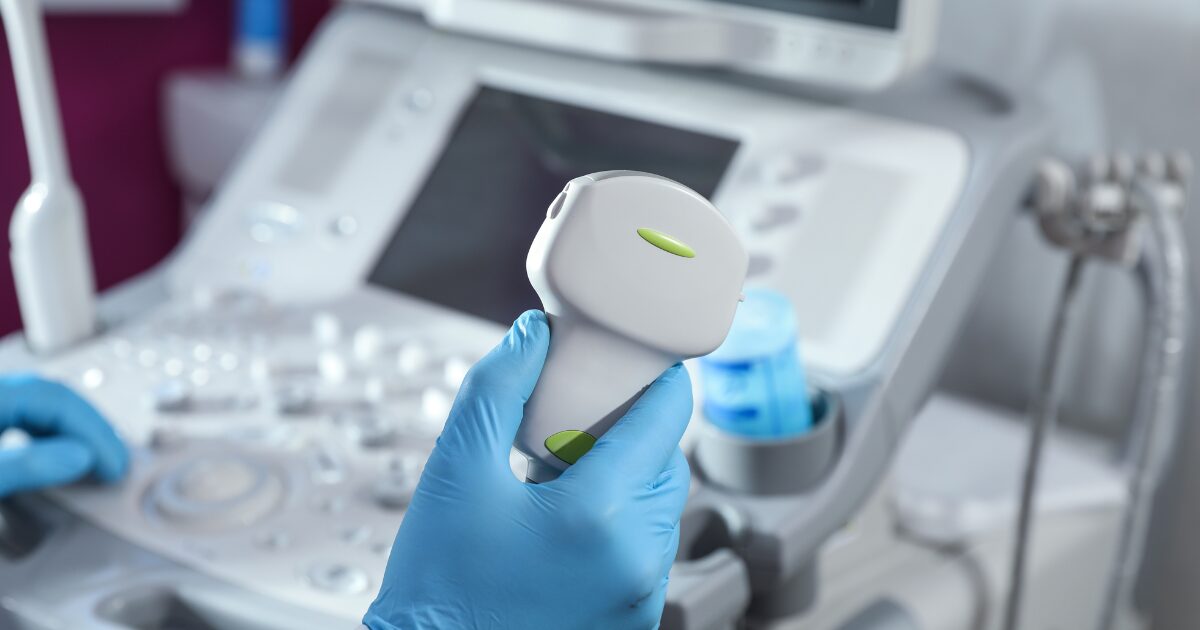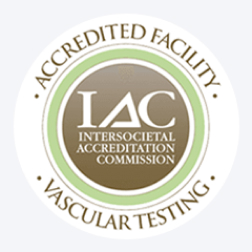A vascular ultrasound is an essential, noninvasive test used to evaluate the health of your circulatory system. In this guide, we’ll walk you through what to expect during your first vascular ultrasound, why this imaging is important, and how it plays a key role in protecting your overall health.
By understanding the process ahead of time, you can feel more comfortable, confident, and ready for an accurate, stress-free experience.
Understanding Vascular Ultrasound
A vascular ultrasound is a noninvasive test that examines blood flow in your veins and arteries. Unlike X-rays, this procedure uses sound waves to create detailed images of your blood vessels. Since it does not involve radiation, it is safe for most patients.
This procedure allows your vascular doctor to detect blockages, blood clots, aneurysms, or other vascular abnormalities. Real-time imaging provides insights that may not be visible during a routine physical exam or through blood tests alone.
Why Vascular Screenings Are Essential
Early detection is critical in preventing serious complications. Vascular problems such as narrowed arteries, blood clots, or aneurysms can lead to strokes, heart attacks, or other life-threatening conditions. Regular vascular screenings allow healthcare providers to identify these issues before they become emergencies.
Individuals with risk factors, including diabetes, high blood pressure, high cholesterol, obesity, or a family history of vascular disease, benefit the most from regular screenings. Timely detection allows for preventive measures and long-term management of vascular health.
Preparing for Your Vascular Ultrasound
Proper preparation can improve the accuracy of your ultrasound results. Here are key steps to follow before your appointment:
Wear Comfortable Clothing
Choose loose-fitting clothing that is easy to adjust or remove. The technician may need access to specific areas, such as your arms, legs, or neck. Clothing that is easy to roll up or remove ensures the procedure is smooth and comfortable.
Follow Fasting Instructions
For some vascular ultrasounds, fasting may be required for several hours before the procedure. Fasting reduces intestinal gas, which can interfere with image clarity. Always follow the specific instructions provided by your healthcare provider.
Bring Health Information
Bring a list of your medications and relevant health history. This information helps your healthcare provider interpret your results accurately and consider any underlying conditions that could affect vascular health.
What Happens During the Procedure
During the ultrasound, you will lie on an examination table. The technician applies a warm gel to the area being examined. This gel helps the ultrasound device, called a transducer, glide smoothly over your skin and transmit sound waves into your body.
The transducer emits sound waves that bounce off your blood cells and vessel walls. These echoes create images displayed on a monitor in real time. The technician may ask you to change positions or hold your breath briefly to capture the best images. Most procedures last between 30 and 60 minutes, depending on the areas being examined.
The Role of the Ultrasound Technician
The ultrasound technician plays a critical role in ensuring accurate and clear imaging. They are trained to operate the equipment, capture precise images, and make adjustments as needed to optimize image quality.
Technicians also guide you through the procedure and answer any questions. Their expertise ensures the images collected are reliable for diagnostic purposes and helps you feel comfortable throughout the process.
Interpreting Your Vascular Ultrasound Results
Once the procedure is complete, a radiologist or vascular specialist reviews the images. They will discuss the findings and recommend next steps. Understanding your results is key to informed healthcare decisions.
Common findings include:
- Normal Blood Flow: Indicates healthy vessels and unobstructed circulation. This suggests your vascular system is functioning well.
- Narrowed Arteries: May indicate atherosclerosis, where plaque builds up inside arteries. Your doctor may recommend lifestyle changes or medications to prevent further narrowing.
- Blood Clots: Require immediate attention to prevent complications like pulmonary embolism. Treatment may involve medication or other interventions.
- Aneurysms: Enlarged areas in the arteries that require monitoring or treatment to prevent rupture. Depending on the size and location, surgery or ongoing evaluation may be necessary.
Maintaining Healthy Vascular Function
Your vascular ultrasound results can guide your healthcare provider in creating a plan to maintain or improve your circulatory health.
Key strategies include:
- Balanced Diet: Eat a diet rich in fruits, vegetables, whole grains, and lean proteins. Reduce saturated fats and cholesterol to support healthy blood vessels.
- Regular Exercise: Physical activity such as walking, cycling, or swimming promotes healthy circulation and overall cardiovascular wellness.
- Smoking Cessation: Smoking increases the risk of vascular disease. Quitting improves blood flow and reduces the likelihood of future complications.
- Medication Management: Follow any prescribed medications for blood pressure, cholesterol, or other conditions to protect your vascular system.
- Surgical Interventions: In certain cases, procedures like angioplasty or stenting may be needed to restore proper blood flow.
Partnering With Your Healthcare Provider
Open communication with your healthcare provider is key to maintaining good vascular health. Don’t hesitate to ask about your results, treatment options, or ways to improve your daily habits, your provider can guide you in creating a plan that fits your unique needs.
By taking a proactive approach through regular screenings and healthy lifestyle choices, you can significantly lower your risk of developing serious vascular conditions and support long-term wellness.

Schedule Your Vascular Ultrasound
A vascular ultrasound is an important step in managing your circulatory health. At United Vein & Vascular Centers, our team provides expert vascular imaging and personalized care. Schedule your vascular ultrasound today to take control of your vascular health.
Frequently Asked Questions
Most procedures last between 30 and 60 minutes, depending on the area being examined.
No—the procedure is noninvasive and generally comfortable. You may feel slight pressure from the transducer, but it is not painful.
Fasting may be necessary for some types of vascular ultrasounds. Follow the specific instructions from your healthcare provider.


